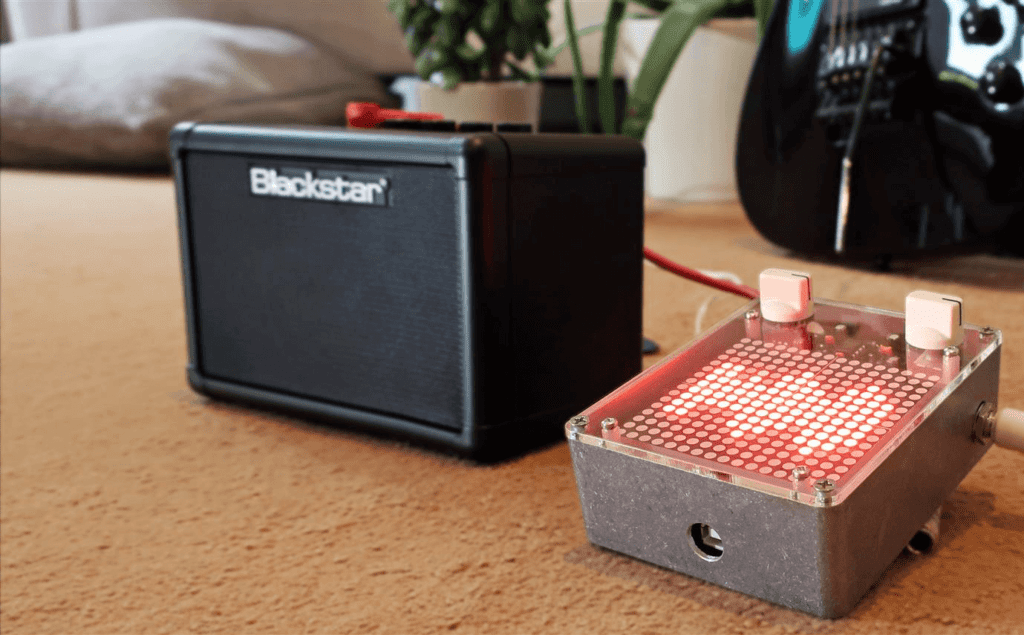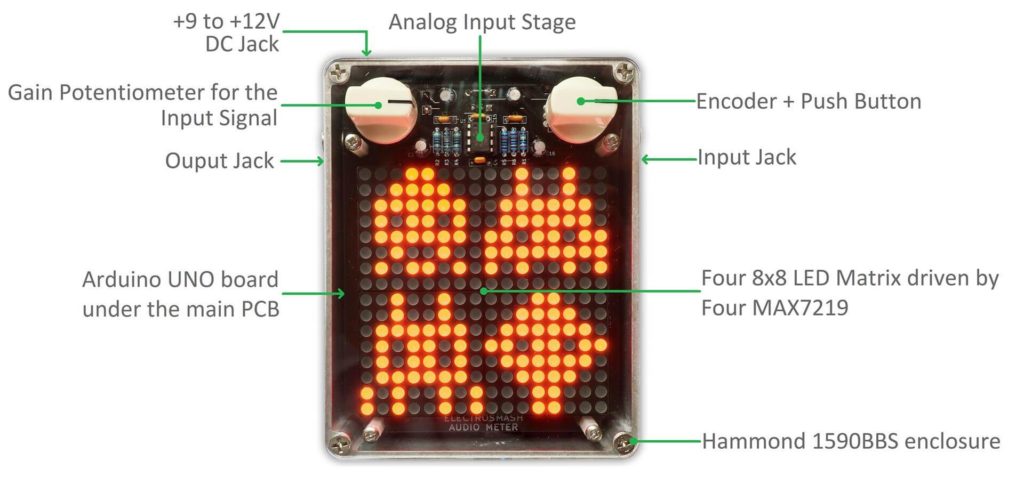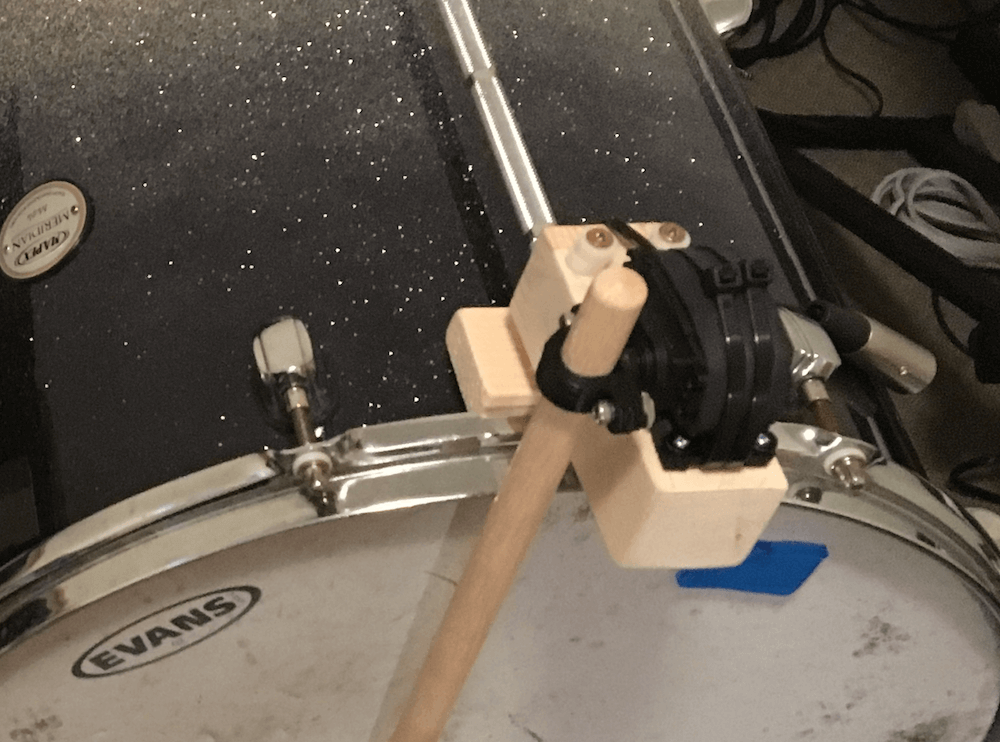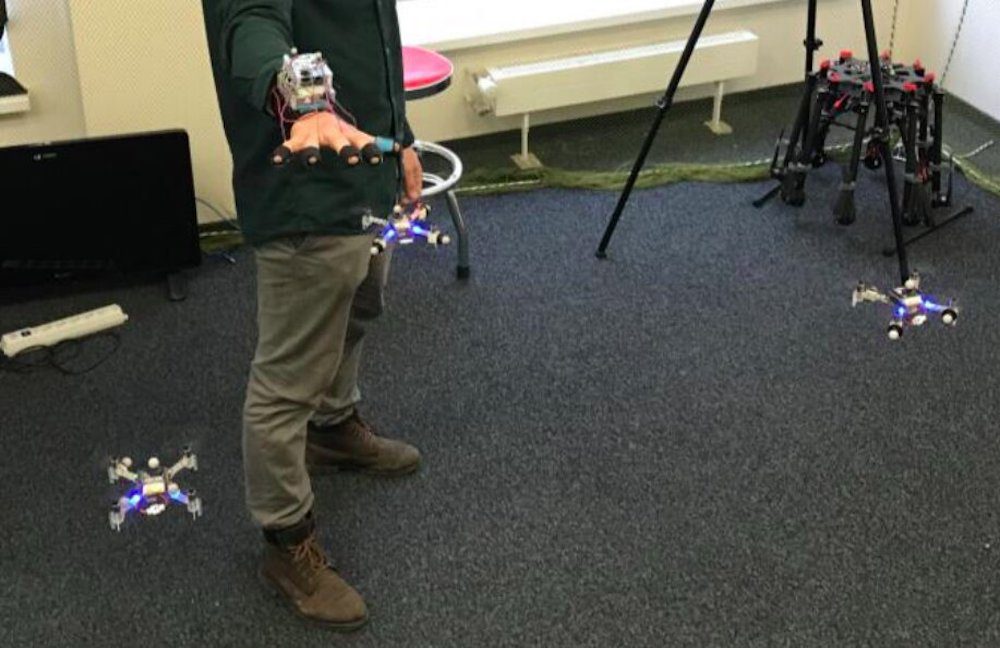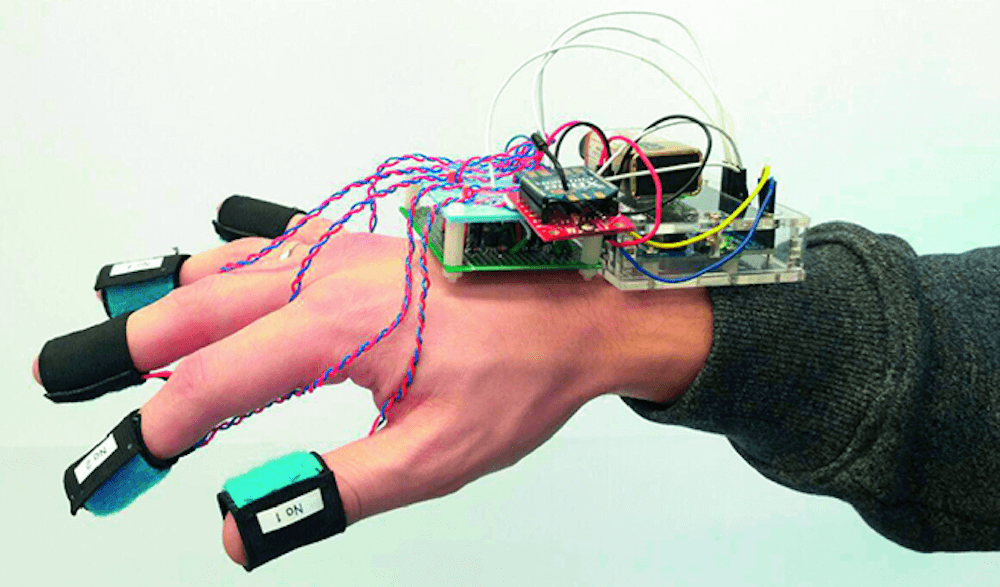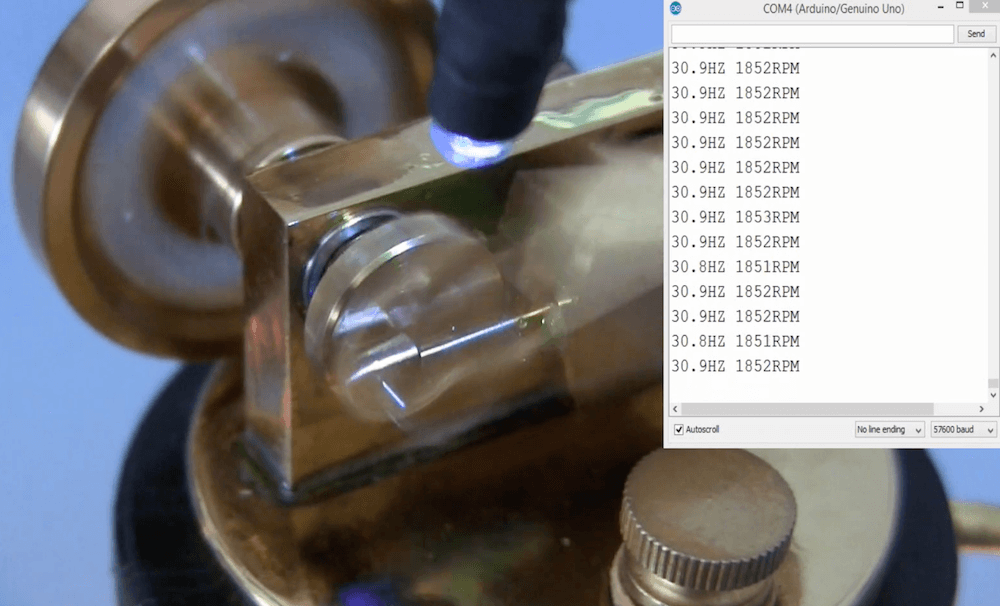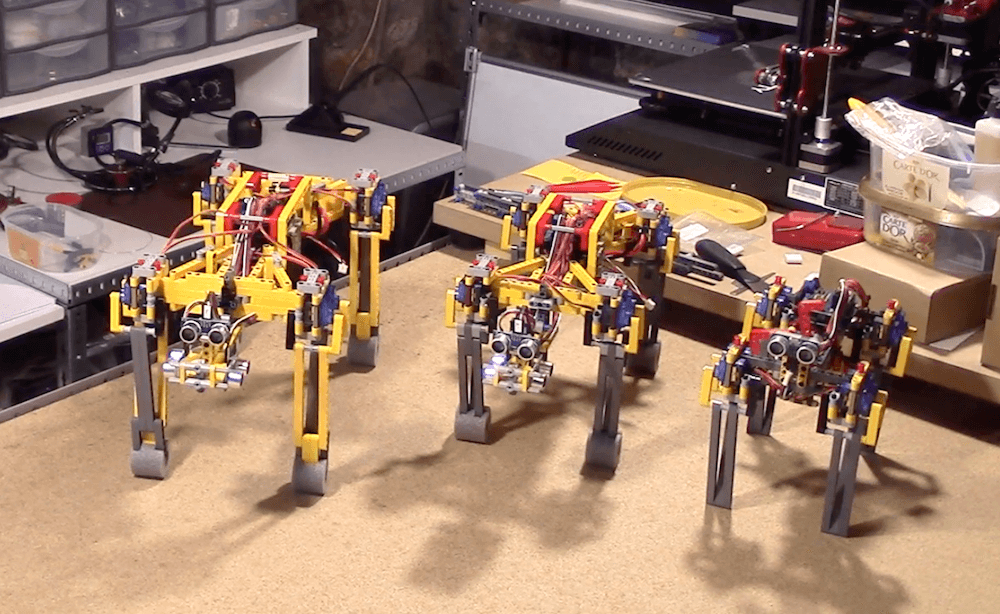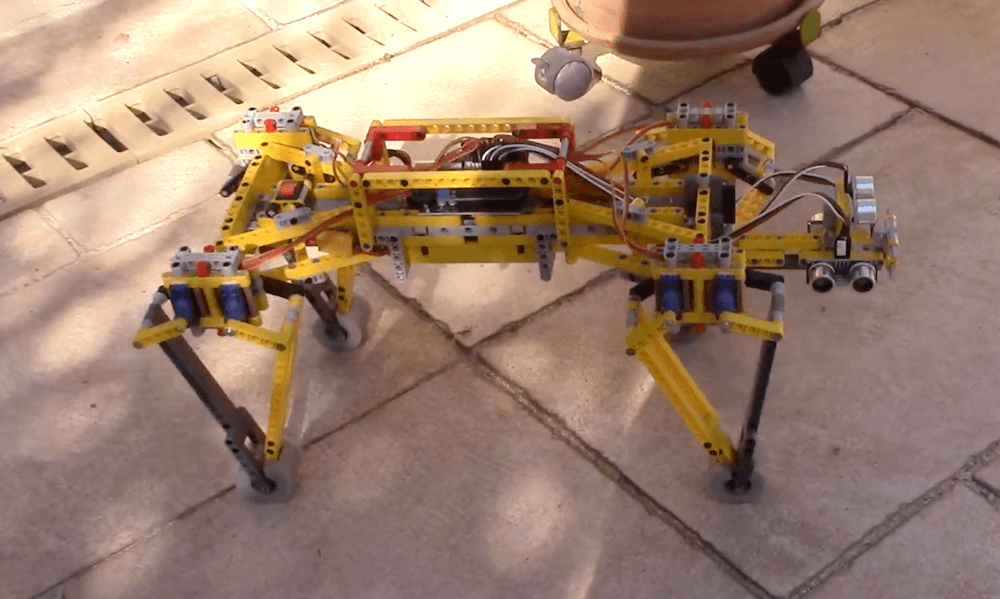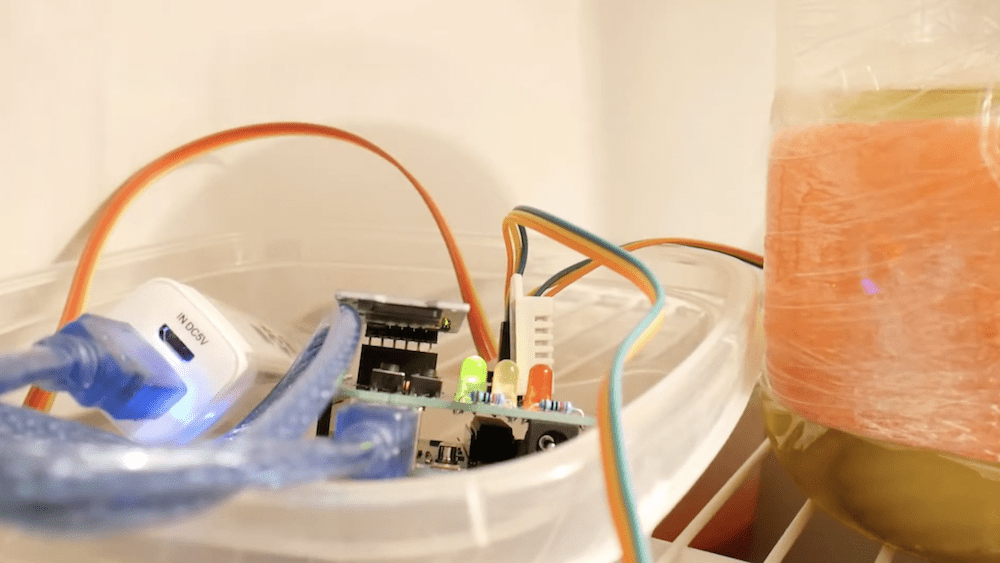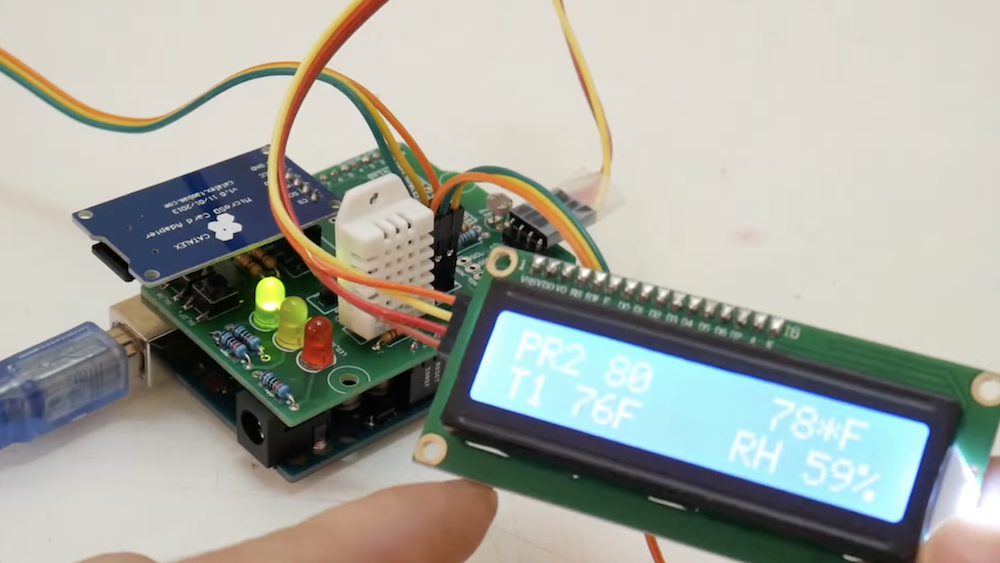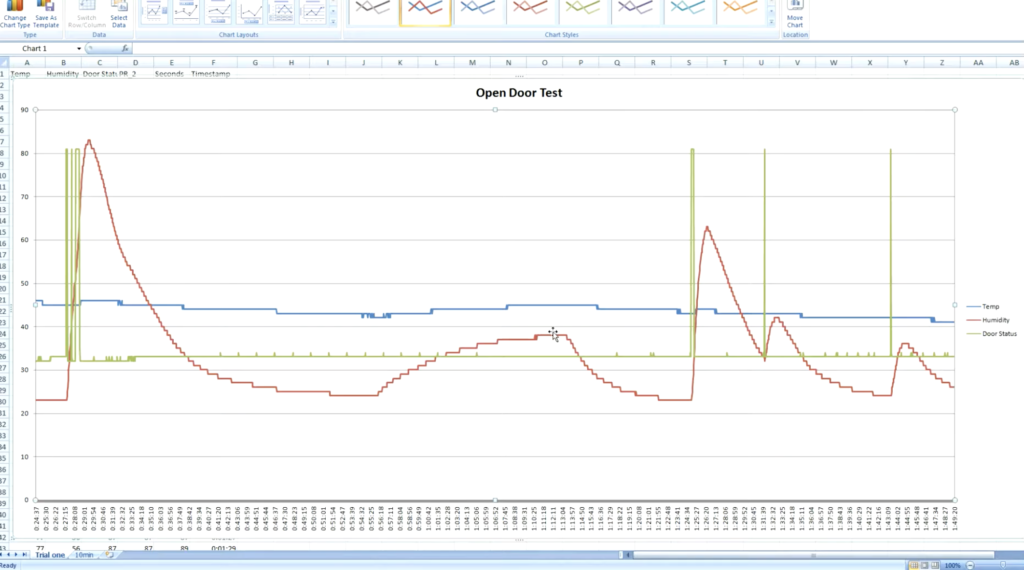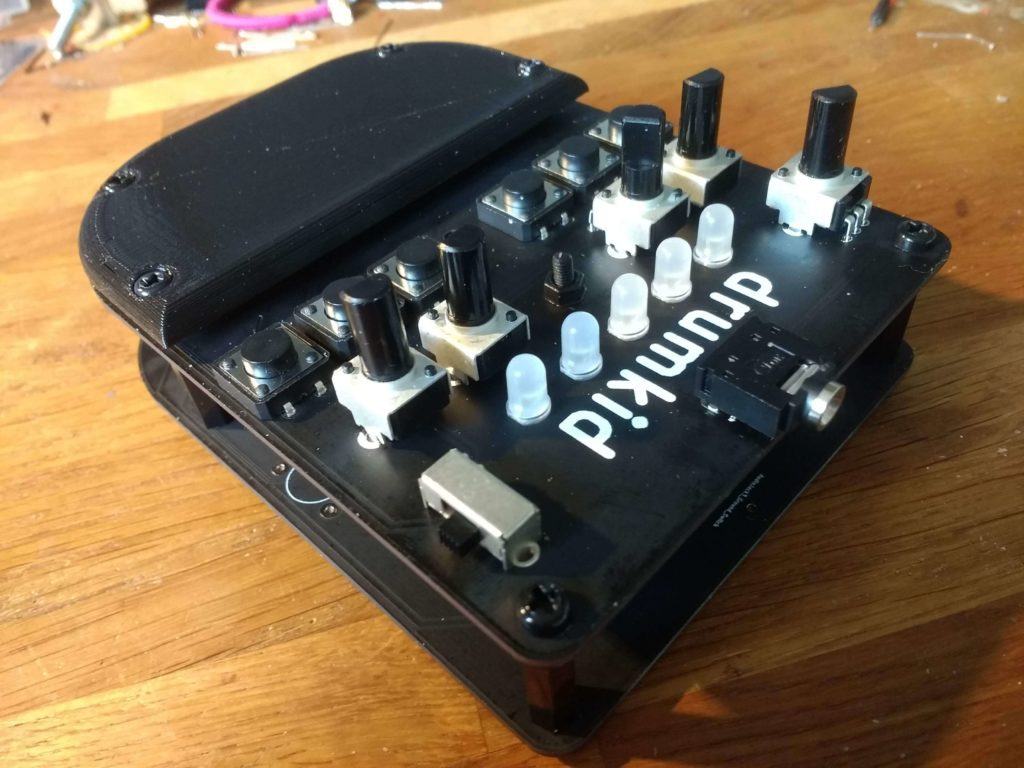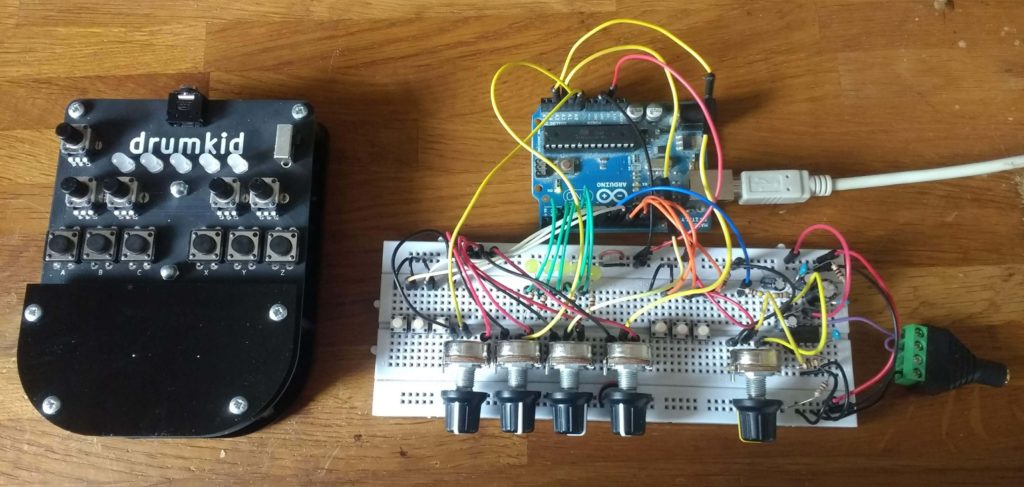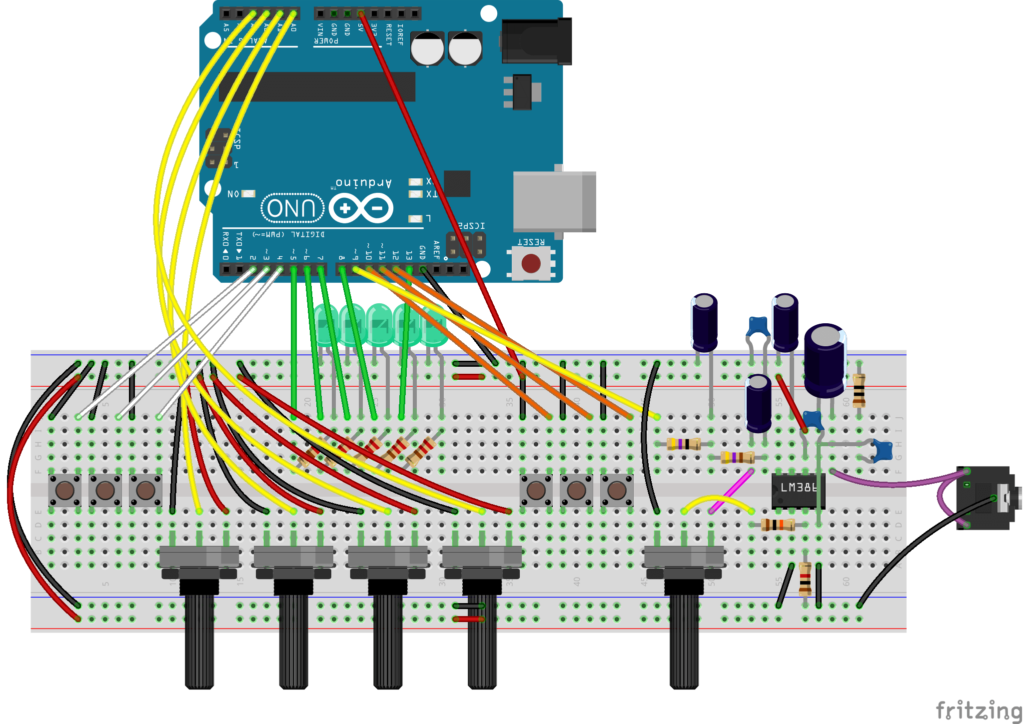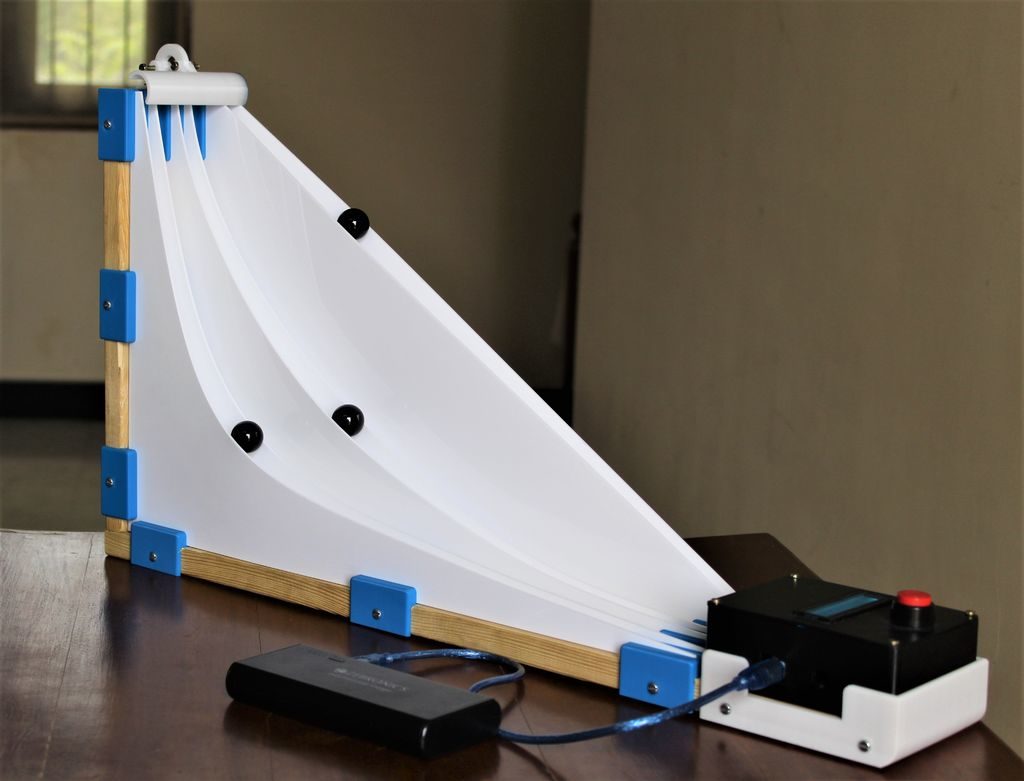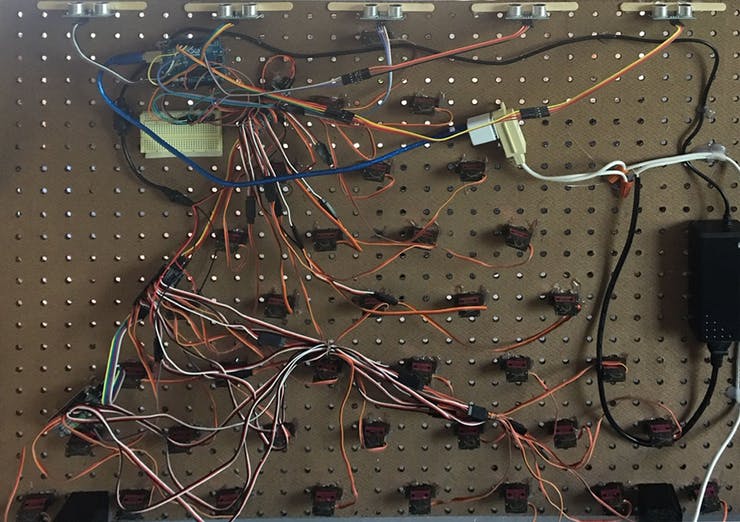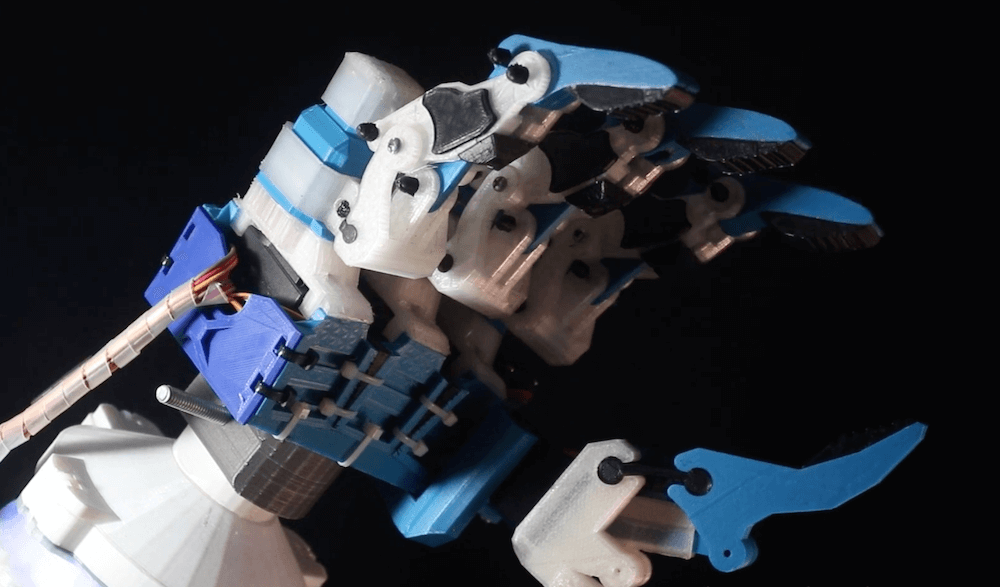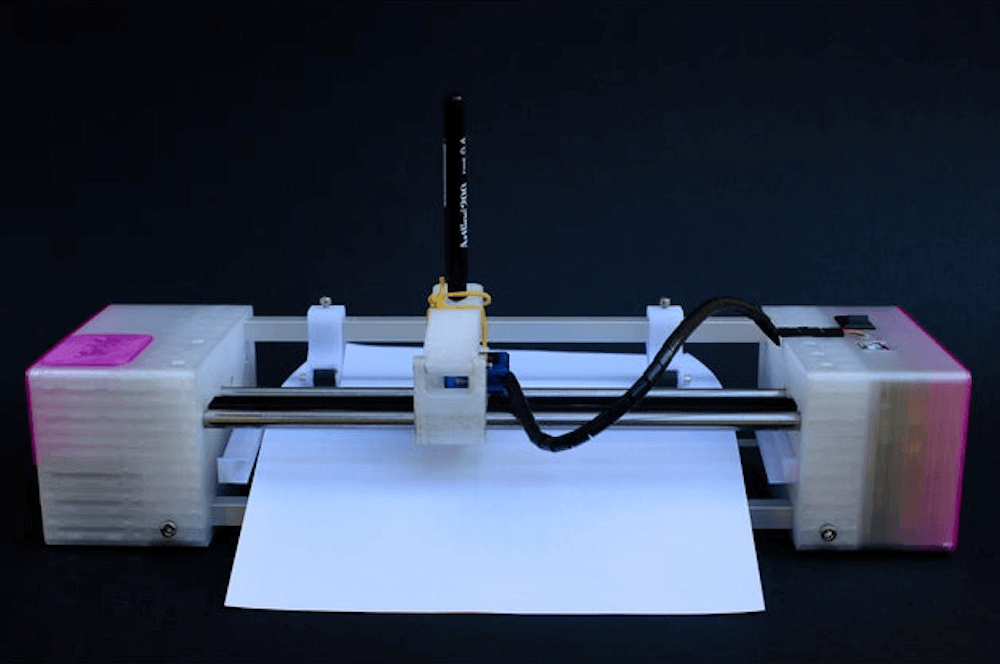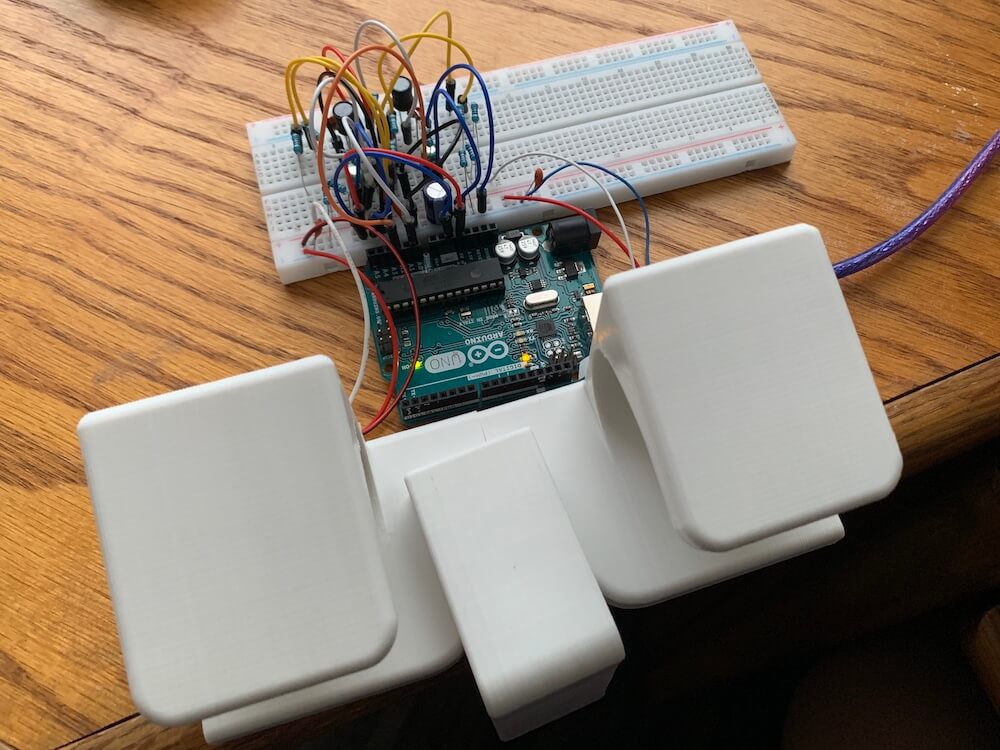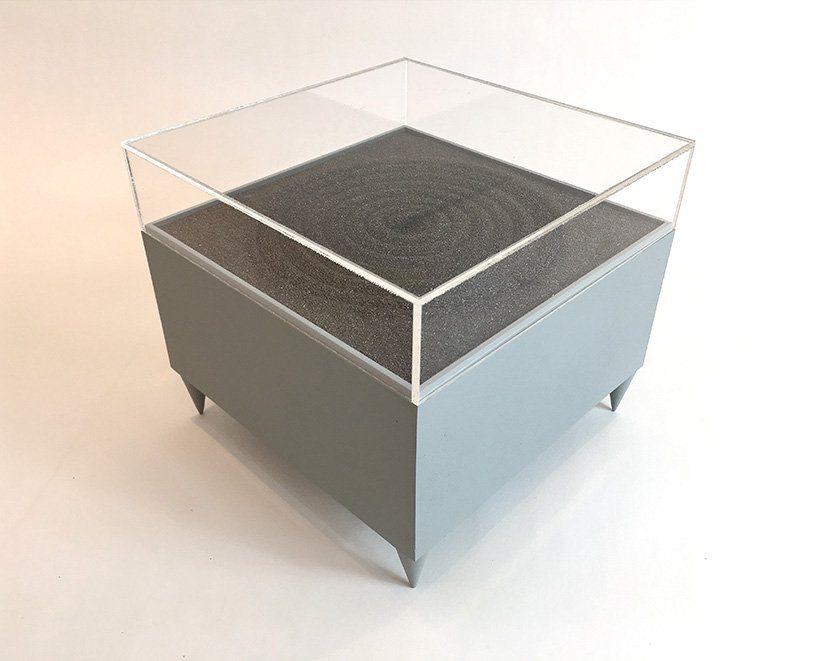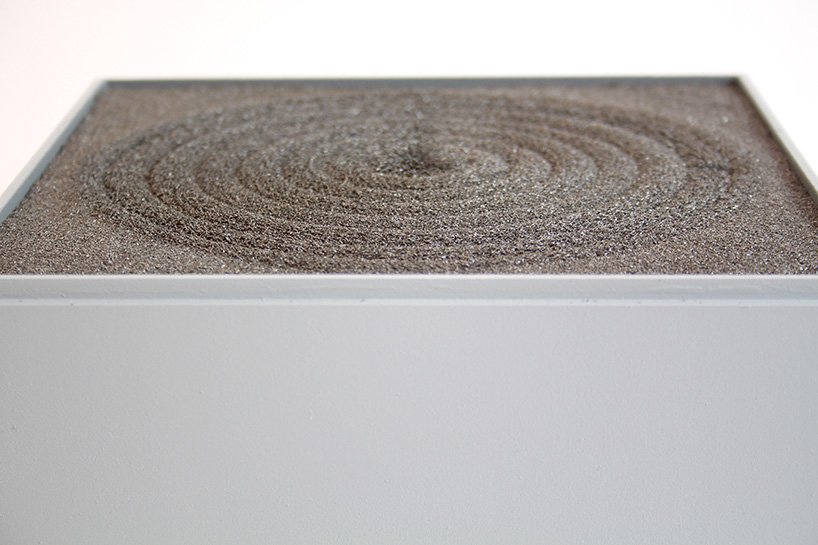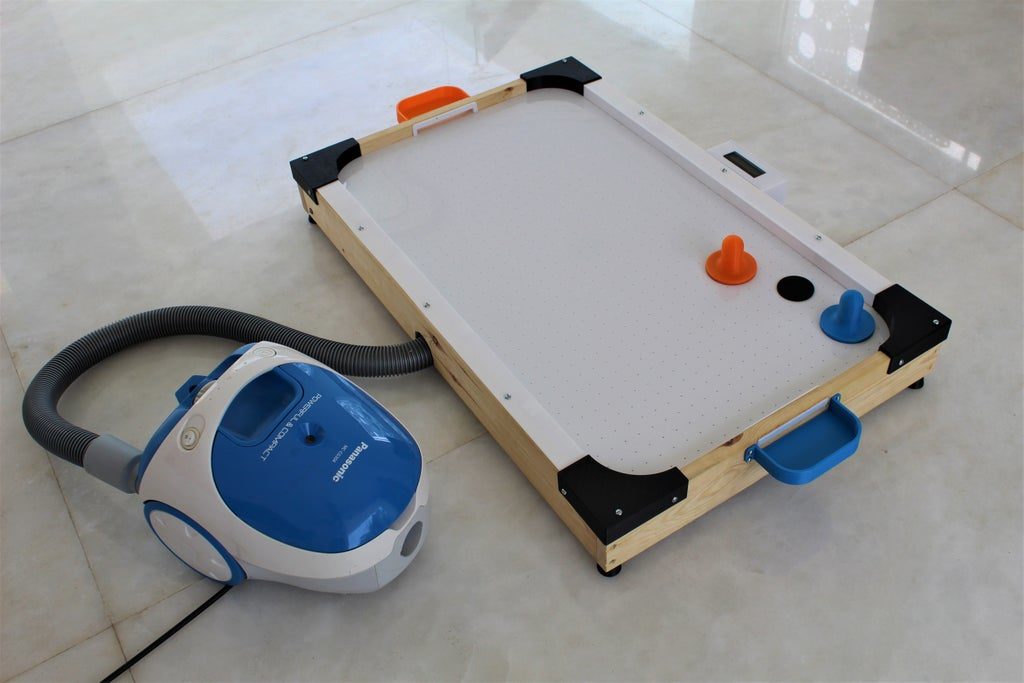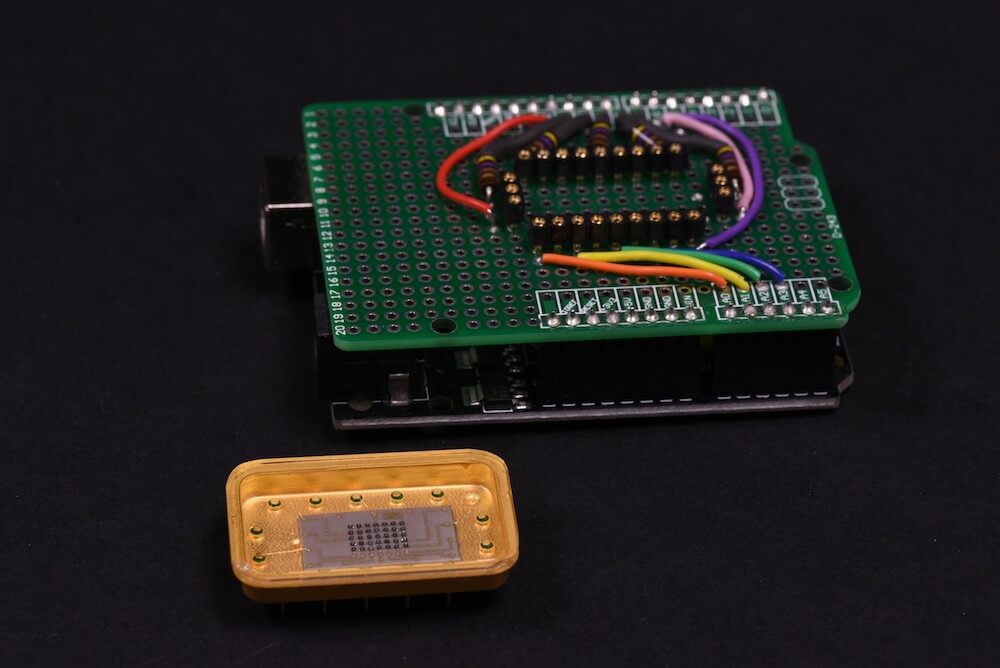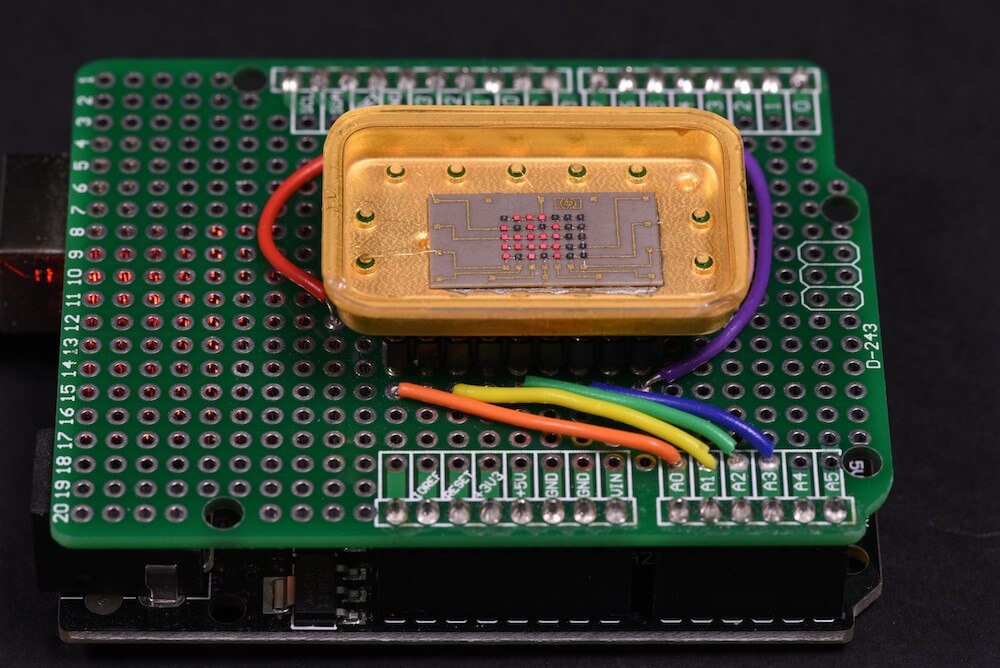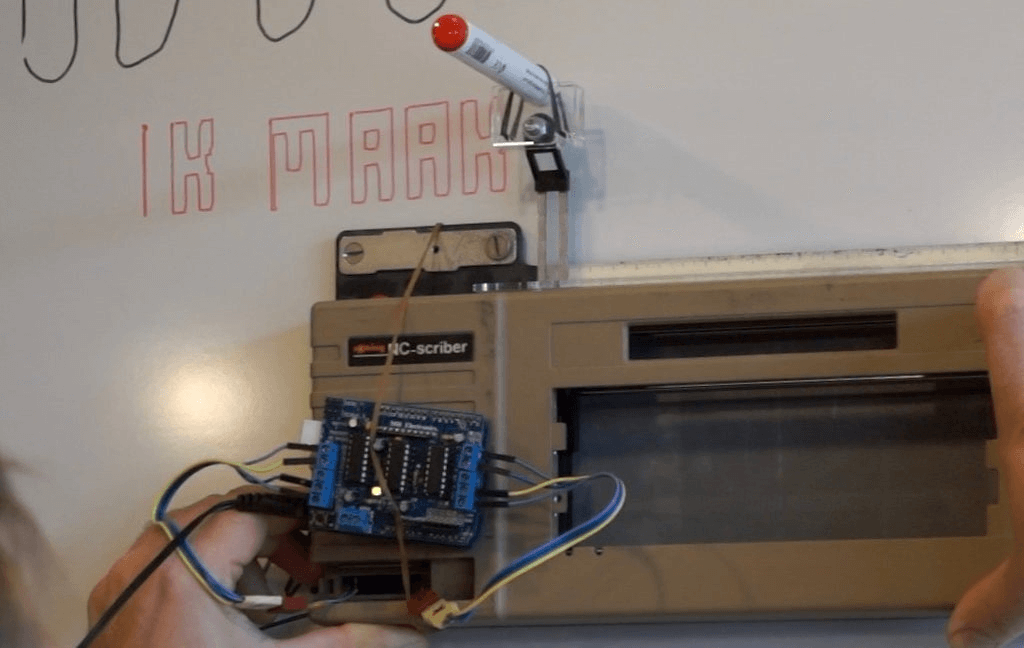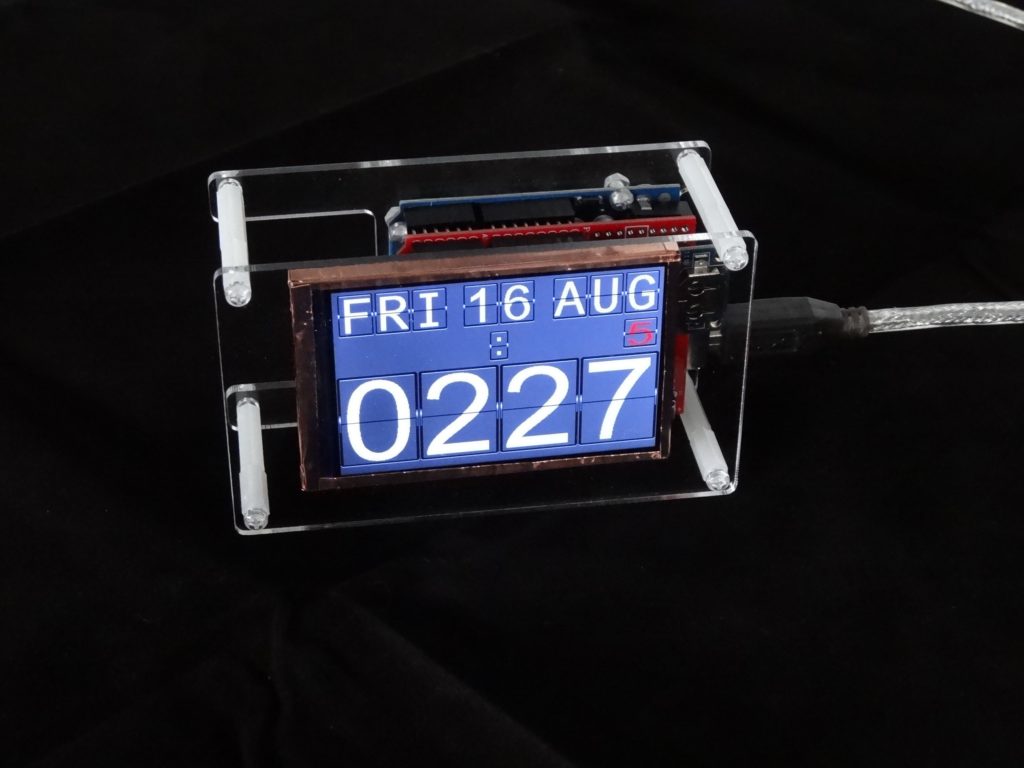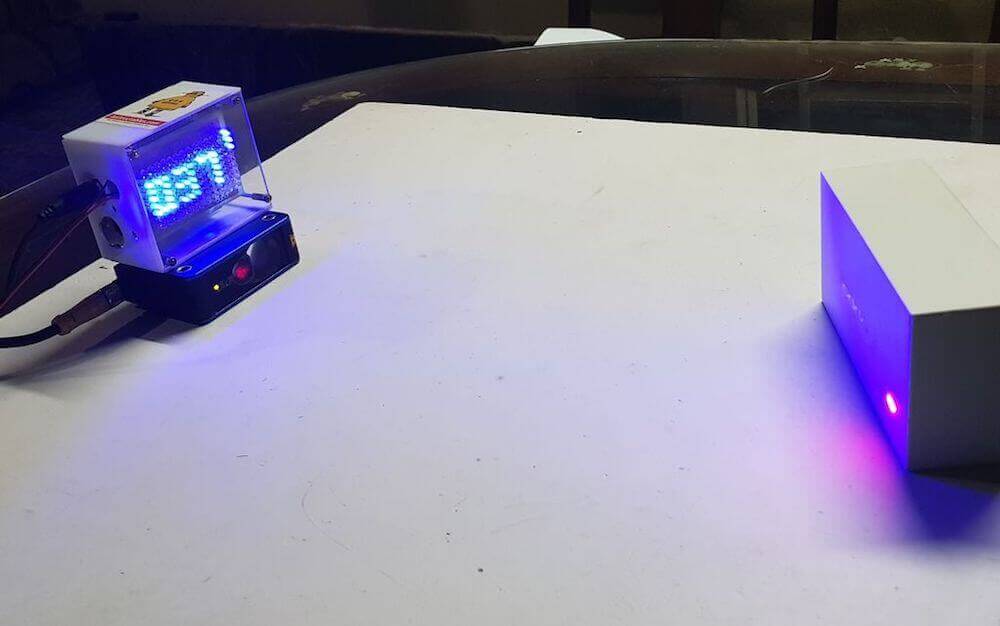5 Arduino projects to get you Halloween-spired
— October 28th, 2019

October 31st is almost here and we’re all super excited, because this is the perfect time for some DIY fun! Nothing to wear? Not a problem! Need a spook-tacular decoration? We’ve got just the thing.
To help get you into the spirit, we’ve selected a handful of Halloween-themed projects from the Arduino Project Hub that will surely catch the attention of trick-or-treaters (or send them screaming into the night.)

Make your Echo Dot a bit more interesting than a hockey puck using an Arduino Uno, a Motor Shield, a 3.5mm TRS splitter, and an amplified speaker.
[youtube https://www.youtube.com/watch?v=4DigawnHFQQ?feature=oembed&w=500&h=281]

This Arduino Mega-based robot can be operated remotely from your smartphone or move about autonomously, complete with creepy lights and a terrifying soundtrack.
[youtube https://www.youtube.com/watch?v=cz-JMVZ8wHg?feature=oembed&w=500&h=281]
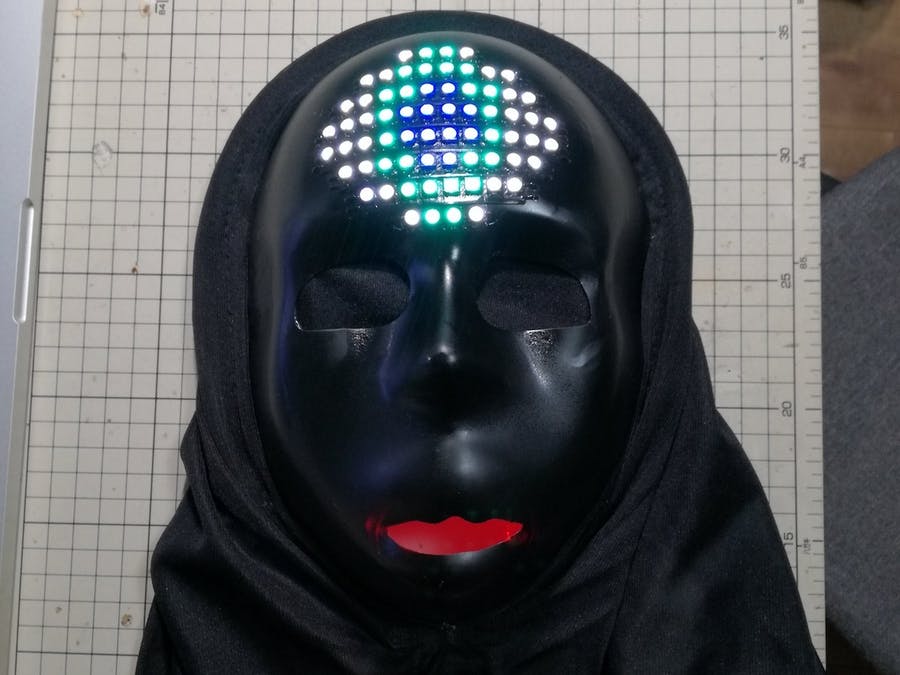
Stand out as you walk through the neighborhood by customizing a store-bought mask with an eye made of LEDs and a mouth that flashes red.
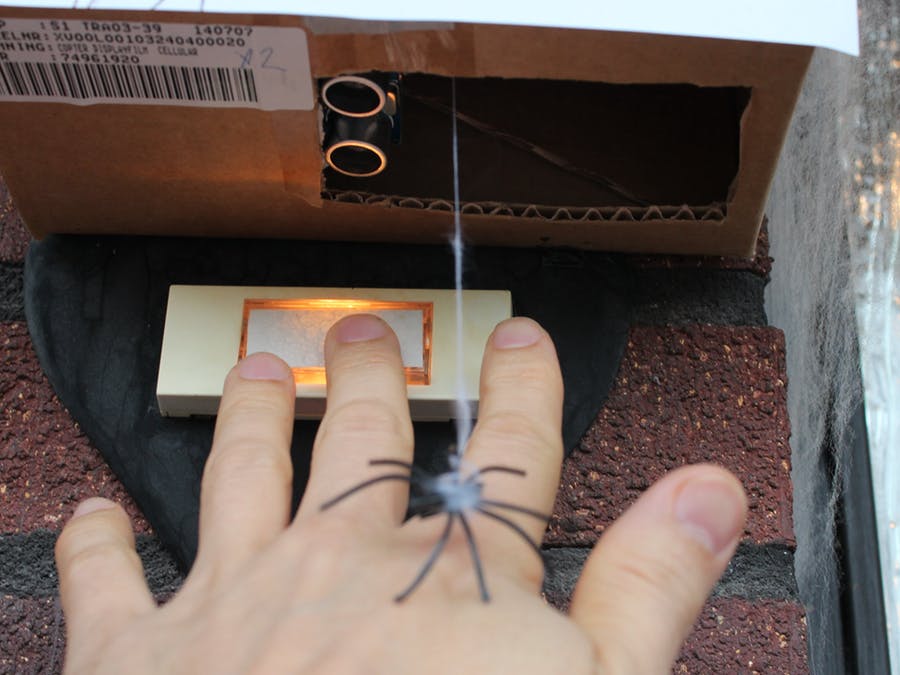
Here’s a quick, last-minute scare prank for your porch. Drop a fake spider on anyone that tries to ring your doorbell via an Arduino Uno, an HC-SR04 ultrasonic sensor, and a servo.
[youtube https://www.youtube.com/watch?v=k5KjmB5nf54?feature=oembed&w=500&h=281]

Add some special effects to your party with a 3D-printed, Arduino Nano-powered fog machine that’s controllable over Bluetooth.
[youtube https://www.youtube.com/watch?v=IhL9i5he0LY?feature=oembed&w=500&h=281]
Have a project of your own? Be sure to share it with us!
Website: LINK







